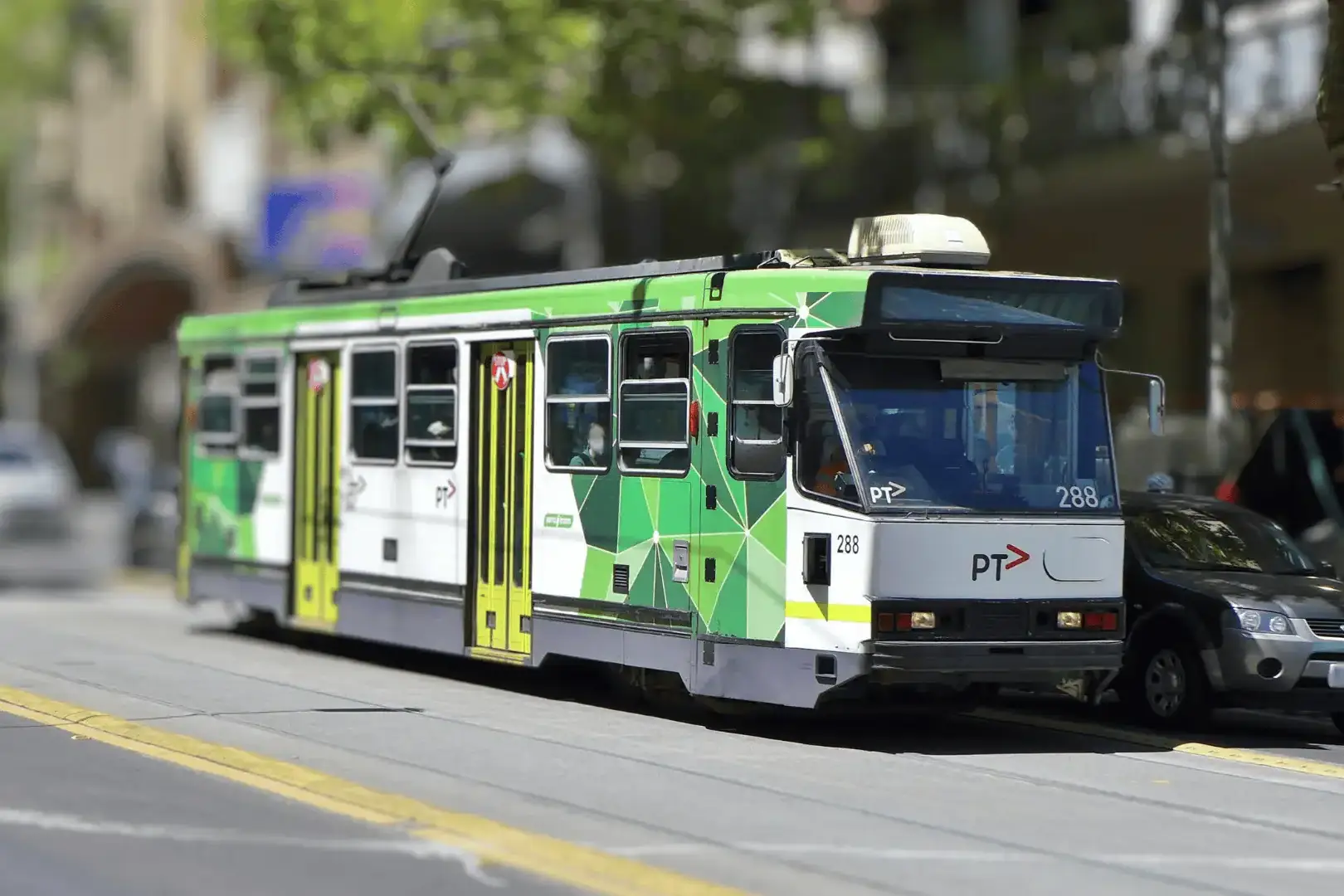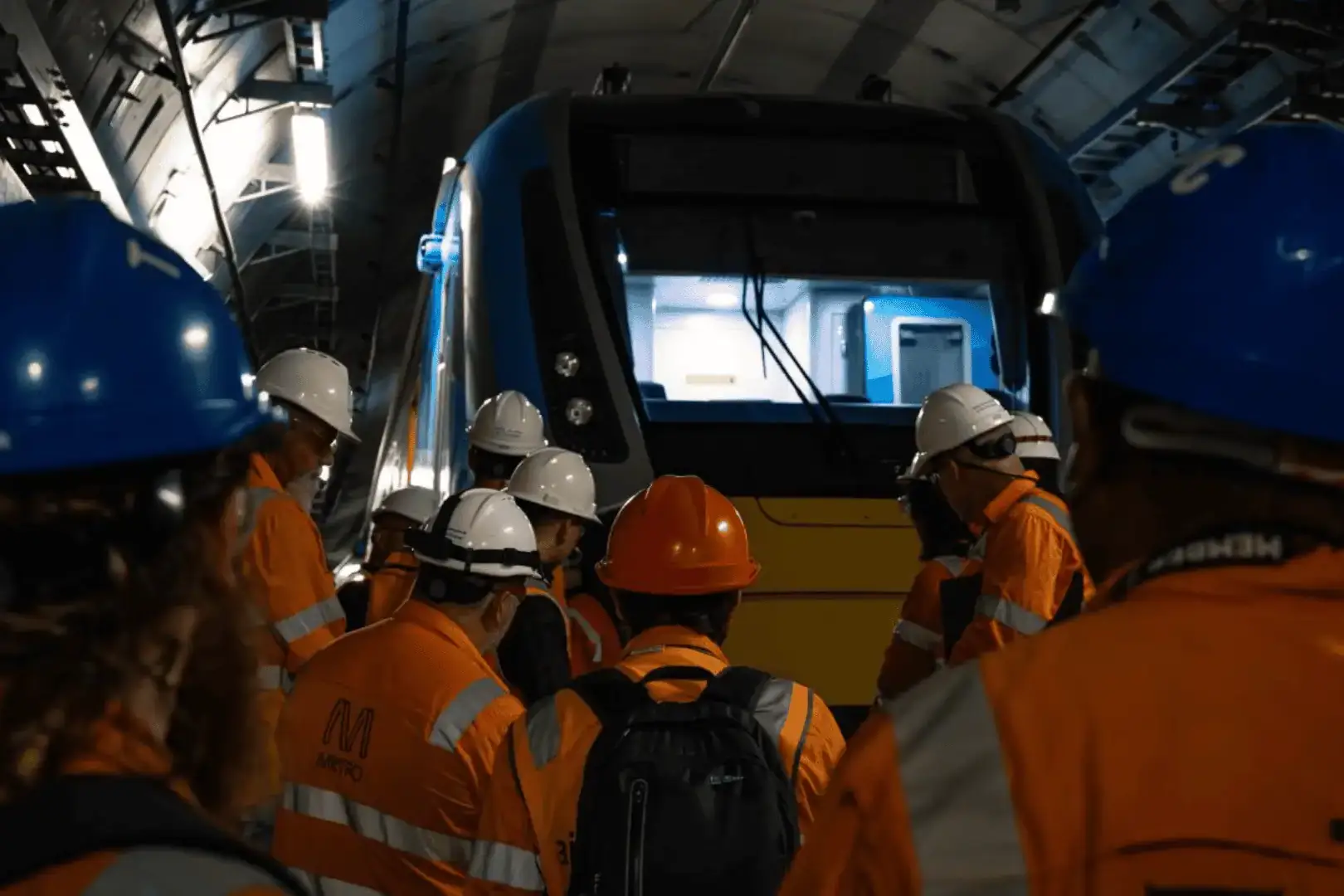Australia’s commitment to advancing its transport infrastructure is evident in the ambitious rail projects transforming our major cities and regional networks. From the Metro Tunnel in Melbourne to the expansive Sydney Metro, the demand for sophisticated, reliable, and safe rolling stock has never been greater. The production of these modern trains and trams represents a monumental feat of engineering, one where precision is not merely a goal but a fundamental prerequisite for safety and performance. This precision is achieved not by chance, but through the strategic design and application of specialised manufacturing equipment. At the heart of this process lie the often overlooked heroes of production, tooling, fixtures and jigs.
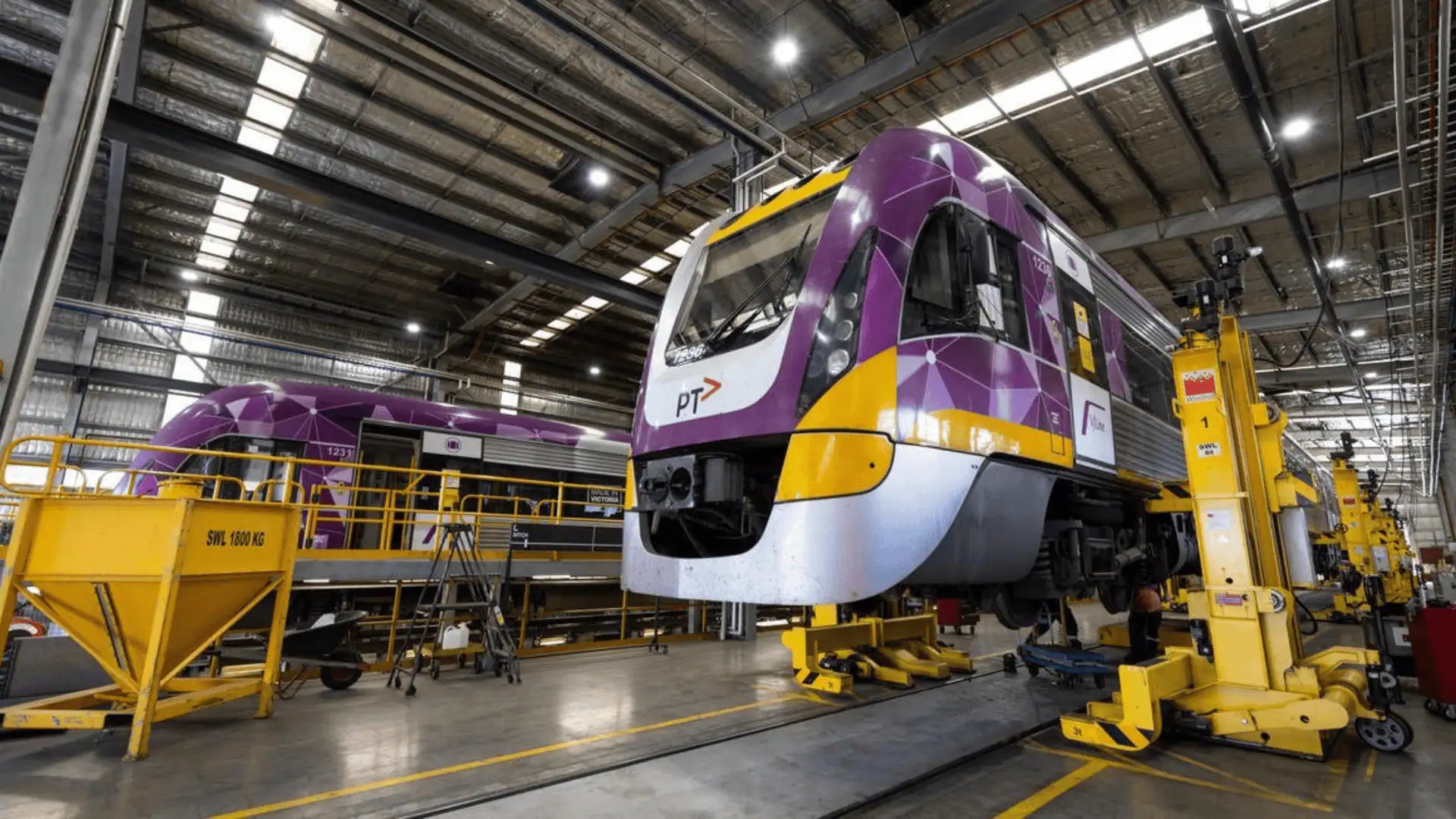
For rolling stock engineers striving for micron level accuracy and government leaders responsible for delivering public value and de-risking multi-billion dollar projects, a deep understanding of this equipment is paramount. This overview will provide a comprehensive exploration of tooling, jigs, and fixtures, moving beyond simplistic definitions to deliver an expert perspective on their application in the demanding world of rolling stock manufacturing. We will examine the distinct functions of these devices, explore their application in projects both large and small and articulate their strategic importance in building the next generation of Australia’s rail fleet.
Tooling, Fixtures & Jigs Fundamentals
In the complex lexicon of manufacturing, the terms tooling, jigs, and fixtures are frequently used, sometimes interchangeably, leading to a lack of clarity. A precise understanding begins with establishing a correct hierarchy. Rather than being three separate peers, these terms represent a category and its specific subsets. Getting this right is the first step toward appreciating their distinct roles.
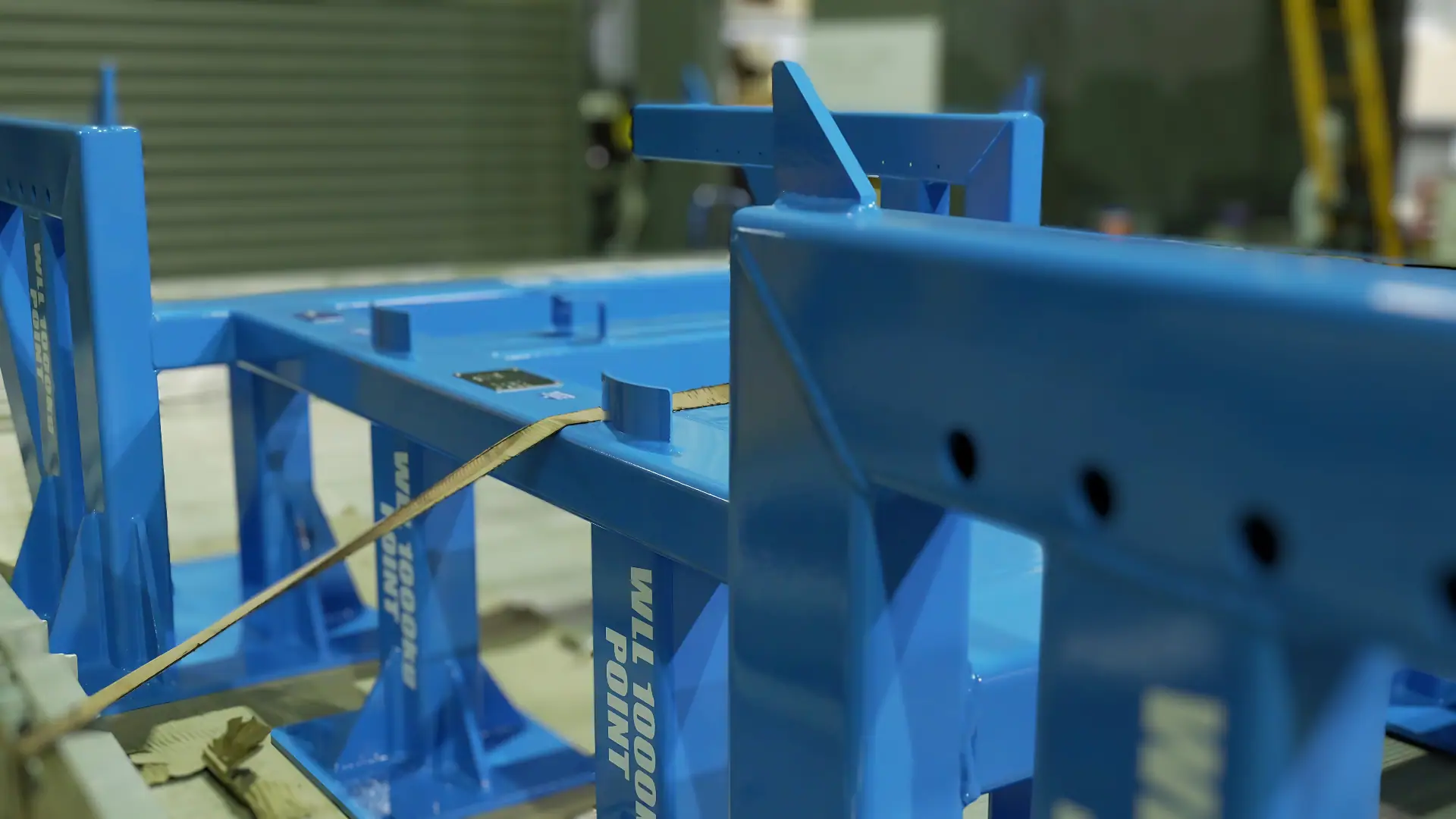
What is Tooling? The Foundational Concept
In an engineering context, tooling is the comprehensive, all-encompassing term for the vast array of devices, implements and equipment required to manufacture a product. It is the complete set of purpose-built hardware that enables a production line to transform raw materials into finished components and assemblies. Tooling, jigs & fixtures is the physical interface between the design and the reality. In rolling stock manufacturing, this includes a diverse range of items.
- Workholding equipment such as jigs and fixtures.
- Cutting implements like specialised drill bits, milling cutters, and industrial saws.
- Forming equipment, including press brake dies for bending metal panels and stamping dies.
- Welding apparatus and robotic end-effectors.
- Assembly aids, guides, and templates.
- Inspection and measurement devices, such as go/no-go gauges and calibration masters.
Essentially, if a device is created specifically to aid in the production of a part without becoming part of the final product, it falls under the broad umbrella of tooling. High quality jigs and tools are the bedrock of any serious manufacturing enterprise.
What are Fixtures? Providing Precision
A fixture is a specific type of tooling whose sole purpose is to hold, support, and locate a workpiece in a fixed, repeatable position during a manufacturing process. The key function of a fixture is to establish a known and rigid frame of reference for the workpiece. The manufacturing process is then performed around it, with the machine, for example a CNC gantry mill or a robotic welder, using its own coordinate system to interact with the fixtured part.
Consider the assembly of a train car’s primary chassis. This immense structure is locked into a massive fixture that holds every structural member in its exact, predetermined location. When robotic welders then move in to join the components, they are guided by their own programming, confident that the fixture has presented the workpiece in precisely the right orientation. The fixture does not guide the welding tool, it simply holds the work. This is the defining characteristic of all jigs and fixtures.
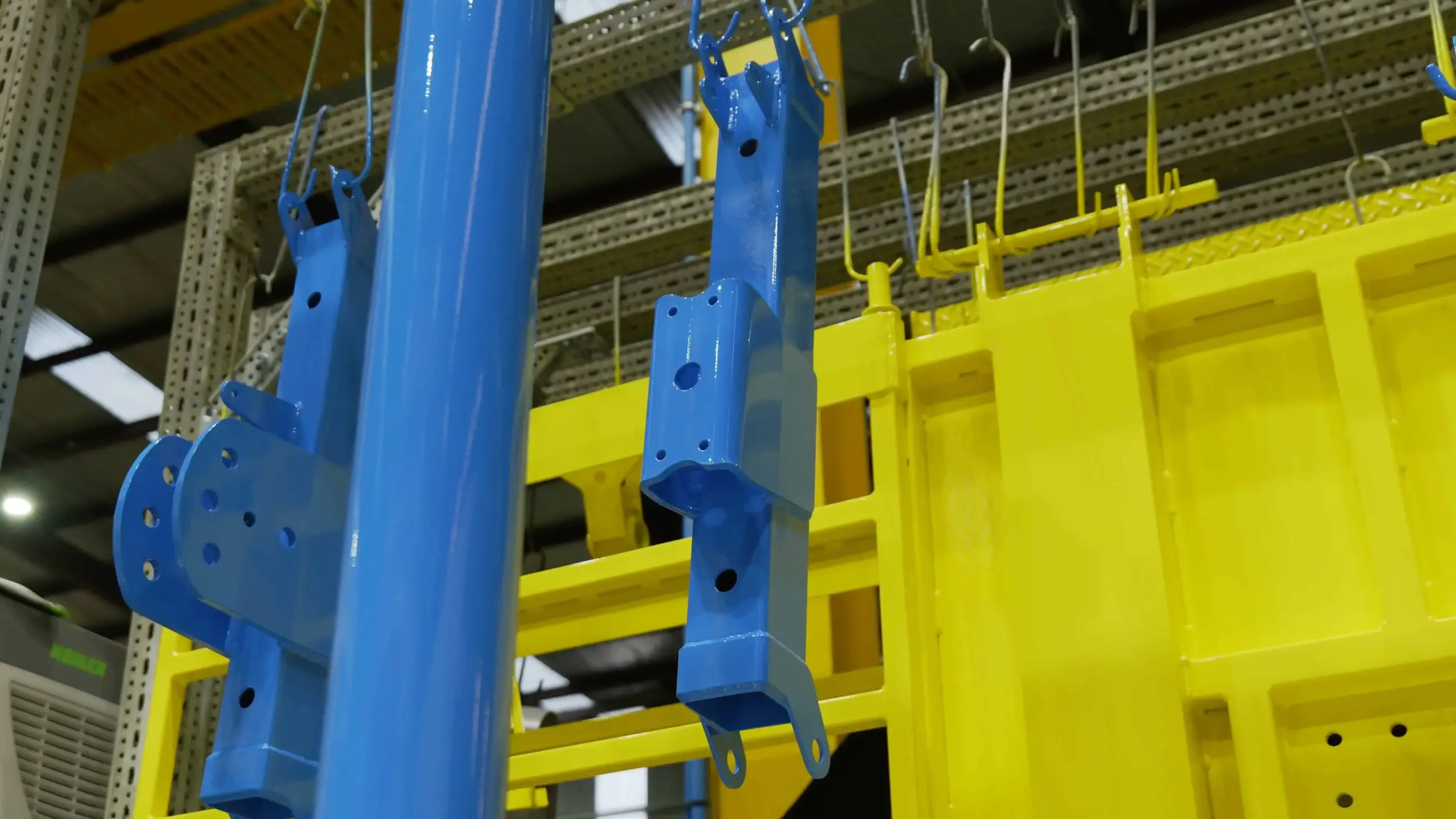
What are Jigs? Guiding the Process
A jig is a more specialised type of tooling that performs two functions simultaneously. Like a fixture, it holds, supports, and locates the workpiece. However, a jig possesses an additional, critical feature, it also guides the cutting tool to the correct location on the workpiece.
A classic example is a drill jig. Imagine a series of critical mounting holes must be drilled into a bogie frame component. A custom drill jig, a type of engineering jig, would be clamped onto the component. This jig would contain hardened steel bushings precisely located where the holes need to be. The operator then simply inserts the drill bit through these bushings. The jig’s bushings guide the drill bit, eliminating the need for manual marking and ensuring every hole is perfectly positioned, perpendicular, and identical across hundreds of parts. The jig controls the tool’s path, guaranteeing extreme accuracy and repeatability with minimal reliance on operator skill.
The Core Distinction Summarised
| Feature | Fixture | Jig |
| Primary Function | Holds, supports, and locates the workpiece. | Holds, supports, locates the workpiece, AND guides the tool. |
| Tool Control | The machine or operator controls the tool’s path. | The jig itself controls the tool’s path. |
| Common Processes | Welding, milling, inspection, assembly. | Drilling, reaming, tapping, boring. |
| Complexity | Generally higher, especially for large assemblies. | Can range from simple plates to complex box jigs. |
The Scale of Engineering Jigs & Fixtures in Rolling Stock Manufacturing
The sheer scale of rolling stock necessitates an equally impressive scale in its manufacturing jigs and tools. The requirements range from colossal structures that dwarf human operators to small, handheld devices that ensure the perfection of the smallest detail.
Large Scale Tooling, Assembling the Giants
The assembly of a multi-tonne train car is a symphony of heavy fabrication, where maintaining dimensional stability is a monumental challenge. This is where large scale tooling jigs and fixtures become indispensable.
- Car Body and Underframe Fixtures: These are arguably the most critical pieces of tooling in a rolling stock plant. An underframe fixture, for instance, might be over 20 metres long, constructed from heavy, stress-relieved steel sections. Its purpose is to securely hold all the longitudinal and transverse beams, bogie mounting points, and coupler housings in a precise 3D orientation while they are welded together. These are advanced welding jigs that must counteract the immense thermal distortion caused by welding, often incorporating powerful hydraulic clamping systems and integrated laser tracking points for continuous dimensional verification. Without such a fixture, the cumulative errors from welding would render the underframe unusable.
- Side Wall and Roof Fixtures: Similar in principle, these large fixtures hold the panels, window frames and structural ribs that form the car body. They ensure that every side wall is a mirror image of the other and that the roof will integrate seamlessly with the rest of the structure. These fixtures often have features that allow them to be tilted or rotated, providing welders and assemblers with safe and ergonomic access to all joints.
The design of these large scale engineering jigs is a specialised field in itself, requiring extensive Finite Element Analysis (FEA) to ensure they can support the weight of the components and resist manufacturing forces without deflecting.
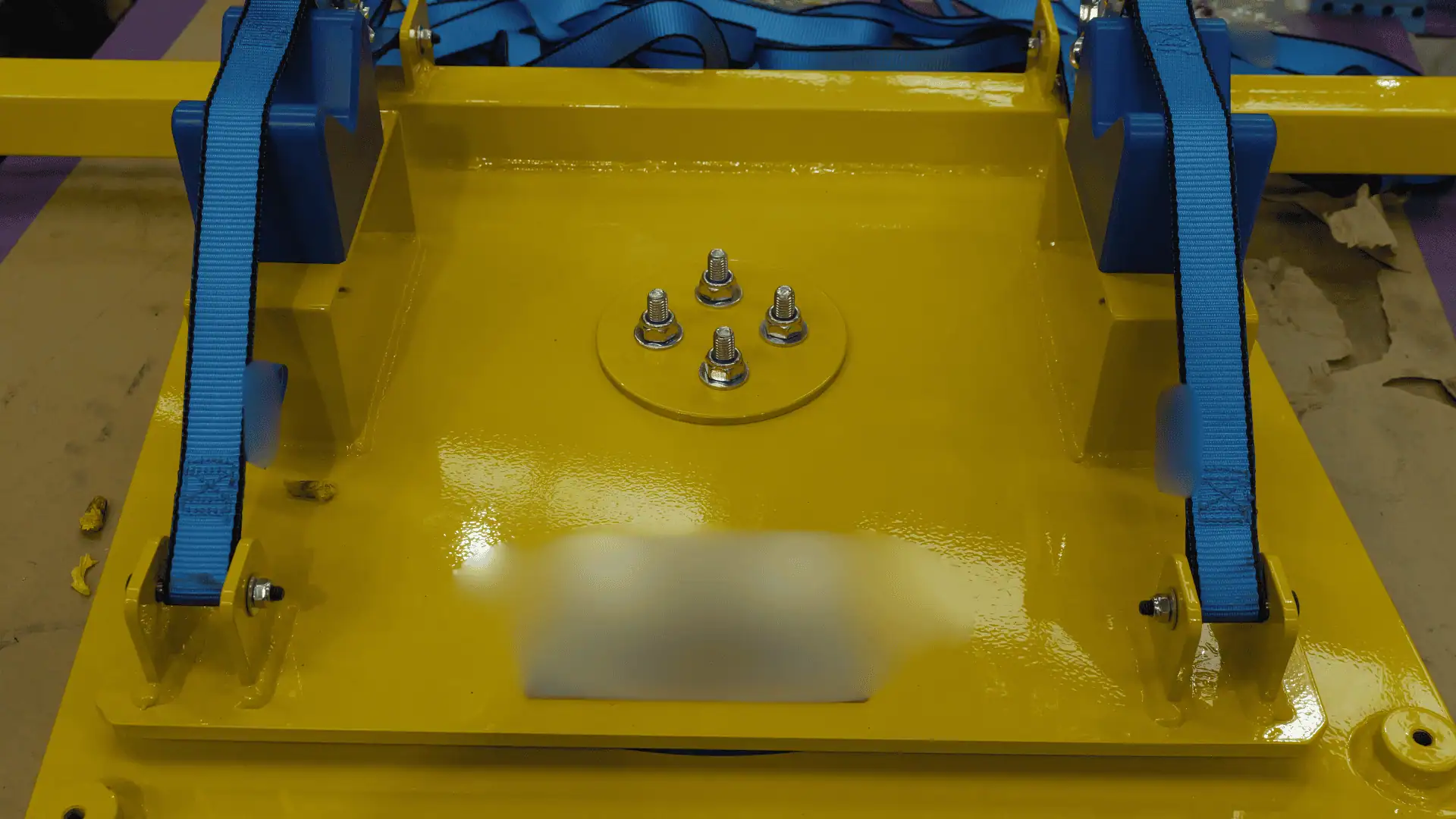
Small Scale Tooling
While the giant fixtures capture the imagination, the success of a rolling stock project equally depends on an army of smaller jigs and tools. These devices ensure that the principle of quality is applied at every level of the assembly process.
- Sub-Assembly Jigs and Fixtures: Interior components like seating modules, luggage racks, and driver’s cabin consoles are all built on their own smaller, dedicated jigs and fixtures. This ensures that each sub-assembly is a perfect, interchangeable unit that can be quickly and accurately installed into the main car body.
- Drilling and Installation Jigs: The attachment of myriad brackets, electrical conduits, and pneumatic lines is facilitated by small, often portable, engineering jigs. A simple template jig ensures that the mounting holes for a passenger grab rail are drilled in the exact same location on every single car, guaranteeing fleet uniformity and simplifying maintenance down the line.
- Welding Jigs for Small Components: The fabrication of brackets, suspension components, and other small parts relies on dedicated welding jigs. These small fixtures hold the pieces in the correct orientation for a perfect weld, improving quality and dramatically increasing throughput compared to manual tacking and measuring.
These smaller tools prevent small errors from cascading into major problems, upholding the principle of interchangeability which is critical for the vehicle’s entire operational life.
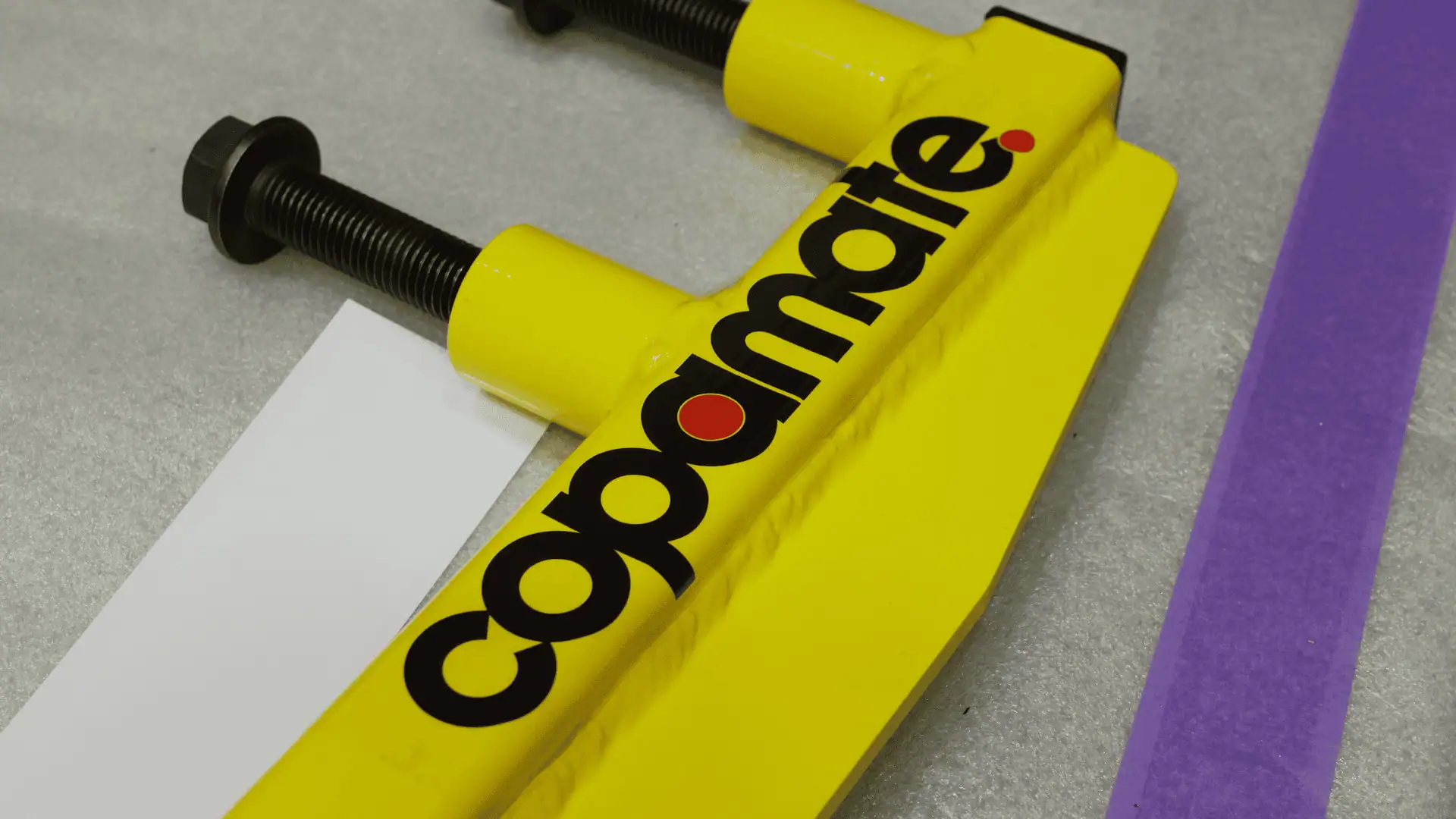
Jigs & Tools Strategic Importance for Engineers and Government Leaders
The investment in a robust suite of jigs and tools is not merely an operational expense, it is a profound strategic decision with far-reaching implications for both the engineers on the ground and the government leaders overseeing the project.
Jigs & Fixtures for The Rolling Stock Engineer
For the engineers tasked with delivering a safe and reliable fleet, high quality tooling is non-negotiable. It is the physical embodiment of their design intent.
- Precision and Tolerance: Rolling stock operates under extreme conditions. The alignment of bogies, the integrity of welds, and the interface between cars are safety-critical. Jigs and fixtures are the only way to hold the tight geometric tolerances required over large, complex fabrications, ensuring the vehicle performs as designed.
- Repeatability and Quality Control: A contract may call for dozens or hundreds of identical vehicles. Tooling guarantees that the first car off the line is dimensionally identical to the last. This consistency simplifies quality control, streamlines the approvals process, and ensures a uniform standard across the entire fleet.
- Efficiency and Process Optimisation: Well,designed engineering jigs drastically reduce assembly and fabrication times. They remove ambiguity from the process, reduce the cognitive load on technicians, and minimise the costly rework associated with human error.
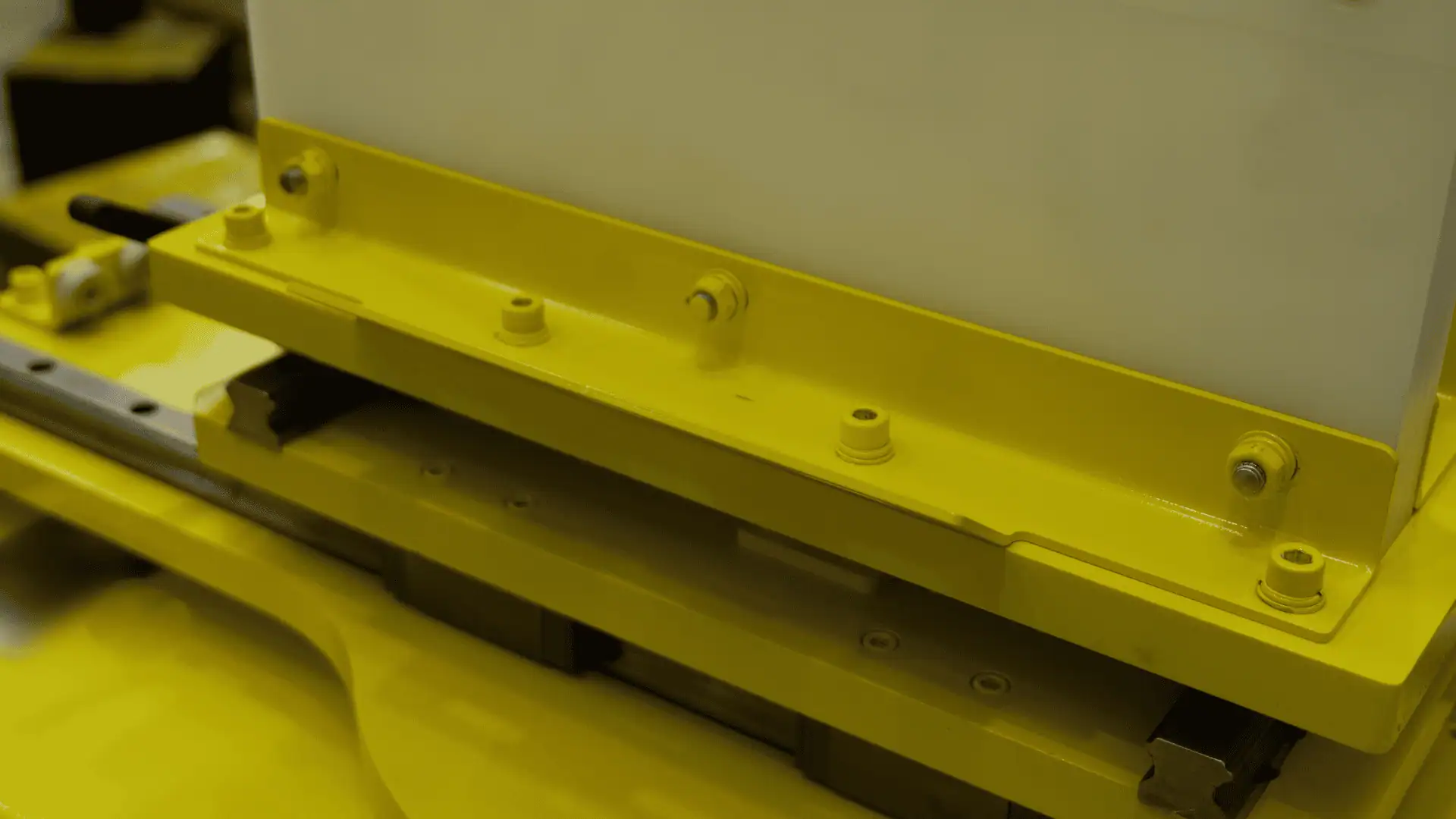
Jigs & Fixtures for Department of Transport
For government and transport authority leaders, the benefits of proper tooling translate directly into project security and public value.
- De-risking Major Capital Projects: The largest risk in a fixed,price manufacturing contract is unforeseen delays and cost overruns. Investing in or specifying high-quality jigs and tools at the outset is a powerful de-risking strategy. It front-loads quality into the process, preventing cascading failures and ensuring the project stays on schedule and on budget.
- Ensuring Long-Term Asset Value: Rolling stock is a 30 year plus investment. Vehicles built with precise tooling are easier and cheaper to maintain, repair, and upgrade. When a component needs replacing a decade from now, the principle of interchangeability guaranteed by the original tooling ensures that a standard spare part will fit perfectly, minimising vehicle downtime.
- Fostering Sovereign Capability: Mandating and investing in advanced tooling design and fabrication within Australia stimulates the local engineering and manufacturing ecosystem. It builds a national skills base in high value manufacturing, a sovereign capability that is critical for both transport and defence industries. It transforms a procurement exercise into a nation building opportunity.
Final Notes
The world of jigs and tools in rolling stock manufacturing is one of engineering rigour, immense scale, and strategic foresight. From the colossal fixtures that cradle an entire train car to the simple drill jigs that perfect a single bracket, this equipment is the silent enabler of modern rail transport. It provides the certainty of position, the guarantee of quality, and the foundation of efficiency.
For the engineers who build our trains and the leaders who fund them, understanding this world is essential. Proper investment in tooling jigs, welding jigs, and a comprehensive suite of manufacturing aids is not an optional extra. It is the foundational investment in the safety, quality, and long,term value of our nation’s most vital transport infrastructure. It is how we ensure that our ambition for a world class rail network is forged into a physical, lasting reality.
Get insights on industry news and posts.
Related Posts
October 29, 2025
A Class Tram | Details & History
Learn how the A Class Tram evolved from Z3, with A1 and A2 changes, braking,…
July 3, 2025
Melbourne Metro Tunnel Project | 2025 Update
Melbourne’s Metro Tunnel Project, set to open 2025 is the largest rail…
May 27, 2025
Future Fleet Program Overview | Top 5 Benefits
With the announcement of the Future Fleet Program, New South Wales has…


